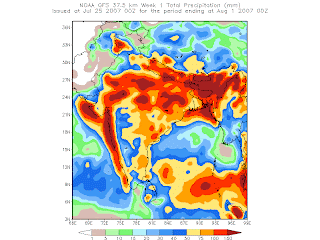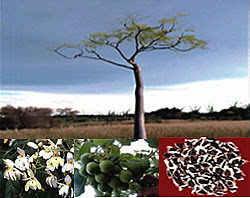End of Nepal monarchy - or trouble? By Charles Haviland
End of Nepal monarchy - or trouble? By Charles Haviland BBC News Nepal's most powerful parties have agreed that the 240-year-old monarchy will be abolished, yielding to a demand put by the Maoist former rebels when they walked out of the interim government three months ago. The historic decision reverses a clause of last year's peace agreement which said the fate of the royals would be decided by a popularly-elected assembly. Parliament must now change the temporary constitution. It will be left to the assembly, once elected, to actually scrap the monarchy - but that is looking almost inevitable. The move concludes a dismal year of continuing violence, new militant ethnic sentiment and endless political squabbling - a big contrast to 2006 which saw the end of the Maoist insurgency and, earlier, King Gyanendra's climb-down from direct rule. Punitive acts Although their walk-out meant elections were postponed for a second time, the Maoists say they will now rejoin the cabine









